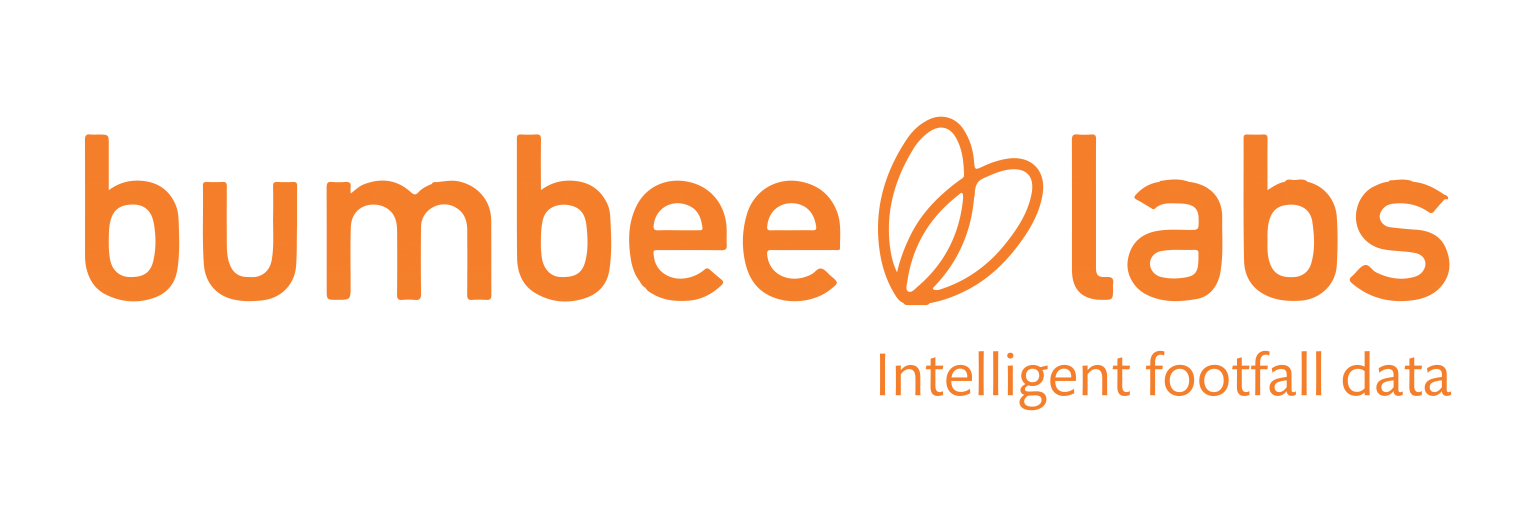Our sustainable mission
At Bumbee Labs, we believe in the potential of Footfall Analytics becoming a powerful tool in countering climate change. With our real time crowd alerts and predictive footfall statistics, organizations would be able to better optimize energy consumption – reducing greenhouse gasses, reducing demand for energy imports and most importantly reducing the use of fossil fuels.
“I think it’s great that Bumbee Labs can launch this feature at this specific time when the world is seeing soaring energy prices as well as an urgent need to reduce Co2 emissions. To allow our crowd alerts system to control ventilation, heating and other energy consuming activities in real time is a clever and cost efficient way to both save cost and help reduce climate change,” comments Karl Samuelsson, CEO of Bumbee Labs.
With the global population expected to increase by 2 billion people in the next 30 years (United Nations, 2022), the demand for energy is projected to follow an even steeper trajectory, putting pressure on our natural resources. Today, climate change is becoming one of the biggest threats in modern times and countering it requires doubling our commitment towards Co2 reduction in the atmosphere.
Airports on average consume up to 180 Million kwh per year in electricity, of which 30% comes from from coal, gasoline and natural gas. These forms of non renewable energy play a significant role in trapping heat, melting glacial masses and contributing to the greenhouse effect.
If we were to look at ventilation alone, it accounts for 13% of the total electricity consumption in airports (Business Energy Advisor, 2022), costing them a staggering 10 – 17 million Euros yearly*. This amount results from increasing energy prices across the globe as economies struggle to cope with the shortage of supply. To cushion the impact of these soaring prices, Bumbee Labs is able to save up to 30% of the total ventilation cost**, at the same time, supporting airports in achieving the ‘Net Zero 2050’ commitment by reducing their dependency on fossil fuels.
How do we plan to achieve this?

A case study regarding airports is attached below, which explains more in-depth as to how our statistical data can achieve energy efficiency.
Countries around the world have stepped up their sustainability agendas and the need to eliminate carbon footprint is more than ever. At Bumbee Labs, we believe in the potential of intelligent data being the ‘first fuel’ for a decarbonized future. Other than airports, footfall analytics could be used to achieve energy efficiency in various sectors such as – Transport Hubs, Office Hubs, Indoor Spaces, Smart Cities, Sports Arenas, Shopping Malls and many more. In essence, the benefits of greater energy efficiency go well beyond the fight against climate change.
Appendix A: Case Study – Airports
An airport could be divided into distinct sections and our insights would allow them to optimize energy consumption by fluctuating energy output levels for certain areas and paths based on our footfall statistics. Refer to the below figure to better understand how we compartmentalise an airport.

One of the key solutions to optimize ventilation is to make use of Demand-Controlled Ventilation (DCV) which ensures that the amount of outside air drawn in for ventilation depends on actual occupancy at any given time. By having a better understanding of customer movements, airports will be able to gauge occupancy levels and regulate the amount of ventilation needed on a constant basis. Similarly, heating and cooling systems can be regulated in a similar way given they are seasonal based and heavily dependent on volume of passengers passing through.
Lighting plays a major role in airport operations, typically making up to 15% of an Airport’s energy cost. Generally, airports are lit brighter than necessary and delamping can save costs without negatively affecting occupants. Toronto Airport for instance, was able to reduce the amount of light by 40% in its terminal by removing one T8 bulb from every two-lamp fixture (Business Energy Advisor, 2022). Our data could provide insights such as the ‘average dwell time per visit per zone’ – which could allow airports to make informed decisions on the certain areas to delamp and hence limit energy wastage.
Lastly, baggage systems as well as escalators and walkways constitute a large electric load which could be optimized if airports have a better understanding of the certain paths having low human traffic. Apart from planning the installation of such systems, Variable-Frequency Drives (VFDs) could also result in energy saving by varying the electric outputs based on crowd alerts (real time tracking).
*taking energy prices to be €0.45 – €0.75 / kwh
** resulting in a saving of 3 – 5 Million Euros yearly
About Bumbee Labs
Bumbee Labs is the global leader in footfall data and analytics. Visitor flow data is captured anonymously using Wi-Fi signals in smart mobile phones. The method is unique in being the only GDPR compliant company in the data collection industry with an approval by a European Court of Law. Bumbee Labs works with partners globally on providing data for public transportation, malls, shopping centres, offices, retail and city centers. Bumbee Labs was established in 2011 in Stockholm, Sweden. Learn more at www.bumbeelabs.com. Follow us on LinkedIn.
For more information, please contact:
Bumbee Labs AB:
Karl Samuelsson, CEO, Bumbee Labs,
karl.samuelsson@bumbeelabs.se
For PR enquiries, please contact:
Bumbee Labs AB:
Amanda Herzog, Marketing Coordinator, Bumbee Labs,
amanda.herzog@bumbeelabs.se
